There can be your advertisement
300x150
Scandi Dream Home: 8 Tips for Building and Saving
Homes in Scandinavian style are built according to the "4E principle" — ecological, economical, energy-efficient, and aesthetic. In Russia, based on this concept, the Green Balance building was erected. At -28.5 degrees Celsius in winter, its energy consumption was 63% lower than the norm and allowed saving 32,850 rubles a year.
That is why the Scandinavian example is successfully applied in our latitudes and continues to be used today. We have prepared 8 recommendations for creating such a home.
1 Tip: Natural Materials
Scandinavians are accustomed to building single-story homes based on the natural landscape and minimalist decor. They use eco-friendly materials for construction, such as wood. Today, natural timber is often replaced with glued and planed timber beams with board cladding. This technology reliably protects walls from wind and precipitation.
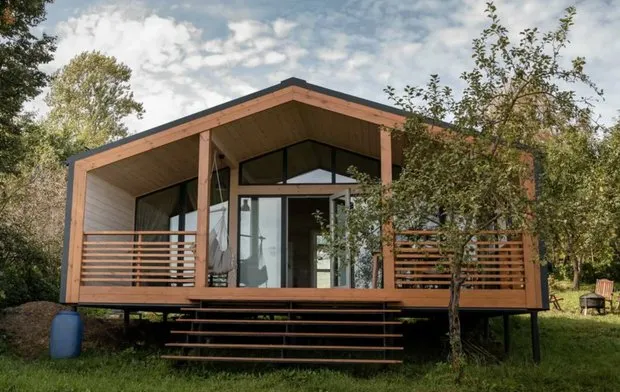 Pinterest
Pinterest2 Tip: Frame House
About 80% of Scandinavians live in frame-type structures, which are gaining popularity worldwide. Today, frame elements are produced from modern building materials on high-tech equipment.
Modular systems based on timber, insulation, vapor barriers, and cement particle boards are currently in demand. This allows for quickly erecting walls and floors. Thanks to panel connection joints, it's possible to achieve tightness of joints, while insulation ensures minimal heat loss and small foundation dimensions.
 Pinterest
PinterestThere are not only ready-made home kits on the market but also insulation materials. With a wide range of finishes and modular systems, it's quite feasible to realize any architectural idea.
3 Tip: Energy Efficiency
To maintain the ecological integrity of the construction, Scandinavians try to reduce energy resource consumption. Subsequently, such homes generate more energy than is needed for their proper functioning. This can be achieved through rational layout, structural solutions, quality insulation, and alternative energy sources.
4 Tip: Heat and Sunlight
Solar heat should be used wisely, taking into account the building's dimensions. For example, cottages with wide bodies consume 15-18% less energy than narrow houses.
In Scandinavian countries, most buildings have similar volumes and small surface areas of external structures. This concept allows for efficient use of solar energy. One of the key features of a Scandinavian house is large windows on the south side — they provide daylight with optimal solar ray entry.
 Pinterest
Pinterest5 Tip: Foundation Drainage Features
Foundation drainage is a special structure consisting of several layers around the building, protecting the foundation from moisture and freezing. If low-quality materials are chosen, over time they deteriorate, weeds grow in them, water stagnates, and the foundation or basement may be damaged.
6 Tip: Energy-Saving Structures
Scandinavians use special energy-saving foundations, walls, windows, and roofs that reduce heat loss even during the initial stages of construction.
The most well-known type of foundation is the "Scandinavian slab." It is a monolithic slab with stiffening ribs and thermal insulation with engineering networks requiring heat protection. This technology not only eliminates potential heat loss through the floor and foundation (10-15%) but also saves on insulation of utility networks.
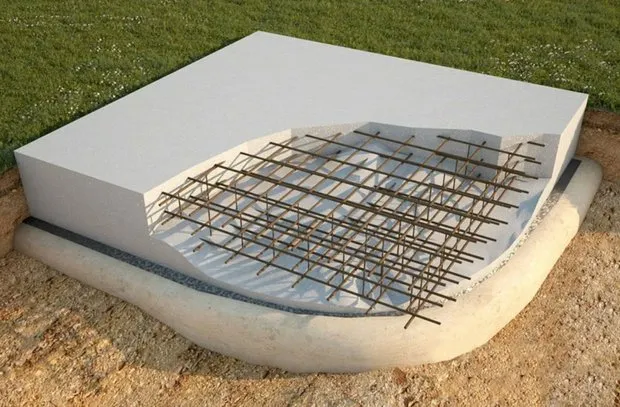 Pinterest
PinterestThe majority of heat (up to 30-40%) escapes through large windows. This issue is solved using double or triple glazing units. They are characterized by tightness, contain inert gases, and have heat-reflective coatings.
7 Tip: Modern Technologies
Modern insulation is an essential element in Scandinavian construction. It significantly reduces costs both during foundation laying and during the operation of a completed home. The insulation layer is no less than 250-300 mm and includes stone wool — the most eco-friendly, fire-safe, energy-efficient, and durable type of insulation.
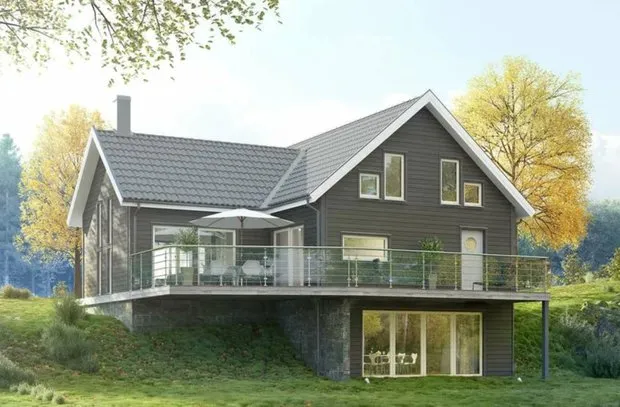 Pinterest
Pinterest8 Tip: Alternative Energy Sources
Scandinavian cottages are energy-efficient thanks to alternative energy sources:
- high-efficiency heat recovery from exhaust air (75% and more);
- hot water from renewable sources (solar collectors);
- pumps that extract heat from the surrounding environment.
And most importantly, all these technologies are widely used in Russia.
More articles:
 How to Save Space in a Small Bathroom: 10 Ideas
How to Save Space in a Small Bathroom: 10 Ideas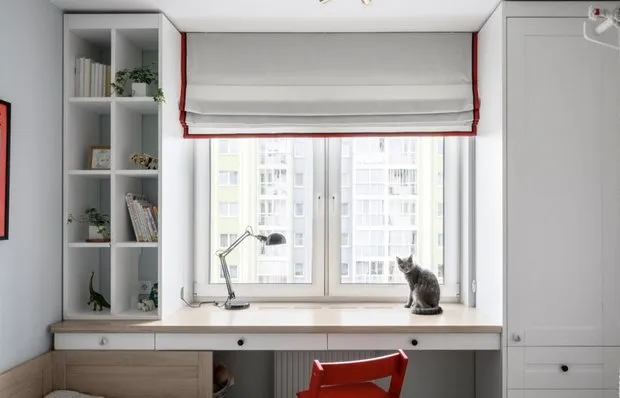 How to Quickly Wash Windows After Winter: 7 Tips to Make the Task Easier
How to Quickly Wash Windows After Winter: 7 Tips to Make the Task Easier IKEA Alternatives: 13 Stylish Furniture and Decor Options for Home
IKEA Alternatives: 13 Stylish Furniture and Decor Options for Home How to Plan and Design Your Dream Wardrobe: Useful Tips
How to Plan and Design Your Dream Wardrobe: Useful Tips 10 Small Things That Ruin Any Interior
10 Small Things That Ruin Any Interior 6 Design Mistakes That Will Ruin the Impression of Any Renovation
6 Design Mistakes That Will Ruin the Impression of Any Renovation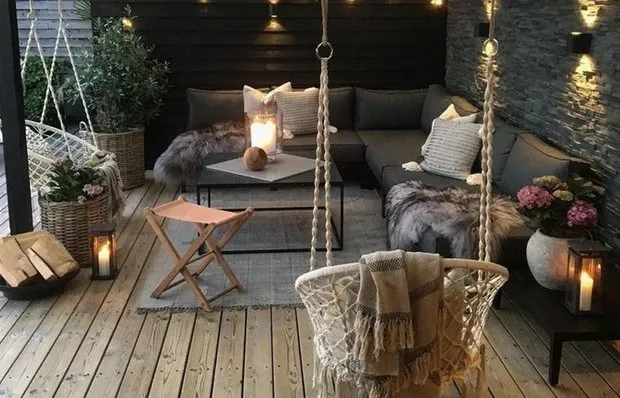 IKEA Alternatives: 11 Great Products for the Garden
IKEA Alternatives: 11 Great Products for the Garden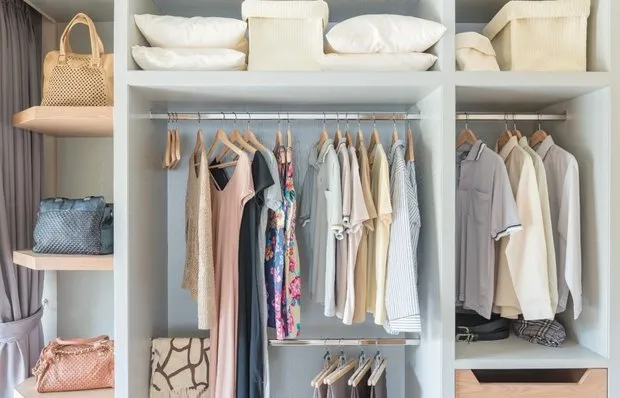 Organizing the Wardrobe After Winter: Tips from a Professional Space Organizer
Organizing the Wardrobe After Winter: Tips from a Professional Space Organizer